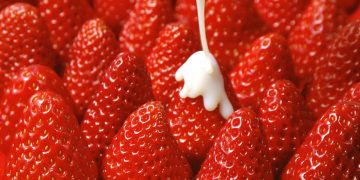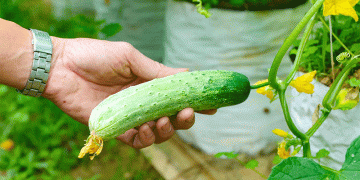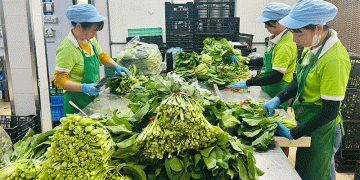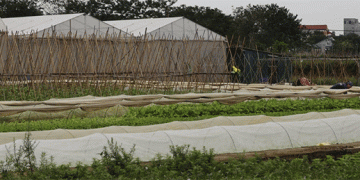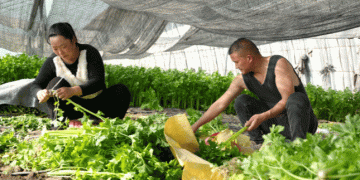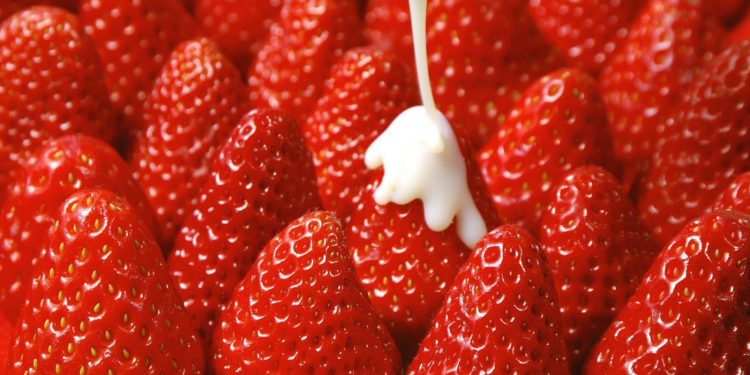#strawberries #strawberrycultivation #geneticmarkers #genomicinformedbreeding #flavorenhancement #cultivatedstrawberrygenome #savorystrawberries #yield #fungicides #intensivefarming #foodindustry #naturalflavors
Join us on a journey into the fascinating world of strawberry cultivation as we explore the quest for the perfect strawberry. Discover how advances in gene science and the mapping of the cultivated strawberry genome have revolutionized breeding techniques, enabling farmers and scientists to unlock new flavors and varieties. We’ll also delve into the significance of flavor and discuss the impact of increased yield and fungicide usage on strawberry taste.
Strawberries are an integral part of the renowned Wimbledon Tennis Championships, with over 38.4 tonnes consumed during the tournament each year. Marion Regan, owner of Hugh Lowe Farms, shares insights into the farm’s techniques for producing around 5,000 tonnes of strawberries between April and November. Glasshouse production, field-scale poly tunnels, and a diverse range of strawberry varieties and plant types are employed to ensure optimal yield and market demand satisfaction.
In the past, conventional breeding involved crossing two parent plants and selecting the best progeny. However, with advancements in gene science, breeders like Ms. Regan are now utilizing genetic markers to accelerate the search for improved varieties. Genomic informed breeding involves examining the genetic traits of strawberry varieties to identify the most desirable ones for breeding purposes. This approach, distinct from gene editing or genetic modification, offers a powerful tool to enhance the quality of strawberries.
The mapping of the cultivated strawberry genome has further amplified the potential for innovation. Armed with this knowledge, breeders are now able to develop strawberries with novel and improved flavors, even exploring the possibilities of savory strawberries. This breakthrough comes at a crucial time when the food industry has prioritized shape, size, and uniformity over flavor. Heather Smyth, an expert in sensory evaluation and flavor chemistry, highlights the importance of focusing on flavor and reversing the trend of artificial flavors in processed foods.
Notably, the decline in strawberry flavor has been attributed to factors such as increased yield and the use of fungicides. While these practices have improved productivity and crop protection, they have inadvertently affected taste. The pursuit of the perfect strawberry involves striking a balance between yield, quality, and flavor.
The collaboration between farmers, agronomists, agricultural engineers, farm owners, and scientists has propelled the quest for the perfect strawberry. With the aid of gene science and the mapped genome, breeders are now equipped to develop strawberries that tantalize our taste buds with enhanced flavors and a diverse range of options. By prioritizing flavor and considering the implications of intensive farming practices, we can reinvigorate the appreciation for the natural goodness and exquisite taste of strawberries.
